The Urals industrial region was once the driving force behind the Soviet economy. Now it is suffering from economic decline and severe environmental degradation. Alan Gignoux visited the region in 2009 during a residency sponsored by the Russian NCCA (National Centre for Contemporary Art).
The Urals industrial area was central to Josef Stalin’s plans to modernise the Soviet Union and manage the transition from an agrarian to an industrial economy, using a socialist model. The region includes several historically significant “monocities” (single-industry urban centres) such as Ural Mash, Chelyabinsk, Nihzny Tagil and the renowned steel town, Magnitogorsk. The Urals also played an important role in the Soviet military industrial complex, serving as home to the production of military equipment and the production and storage of nuclear material, such as the top-secret Mayak nuclear weapons production complex located in the Ural Mountains city of Chelyabinsk-40.
Following the collapse of the USSR in 1991, the region went through a turbulent and painful period of change, as the Soviet economy contracted dramatically in response to the transition from a Communist, centrally planned economy to a market economy. When Alan travelled there he witnessed the combined effects of the long-term failure of Soviet central planning and the dire and immediate economic consequences of the fall of the USSR.
The Urals region was particularly hard hit: there, the people were left to endure the punishing legacy of the Soviet industrial project: failing industries, abandoned factories, outdated and dilapidated industrial equipment, decaying housing, job losses, population loss and serious environmental degradation, leading in some cases to ill health and early death.
In the mining town of Karabash
average life expectancy is 45 years
In Magnitogorsk
40% of teenagers have a chronic disease
However, by 2009 the worst of the recession following the collapse of the USSR was in the past and there were visible signs of an emerging new post-industrial economy. Alan’s photographs capture a fascinating period of transition between old (Soviet socialism/Communism) and new (Russian capitalism/market economy).
PORTFOLIO
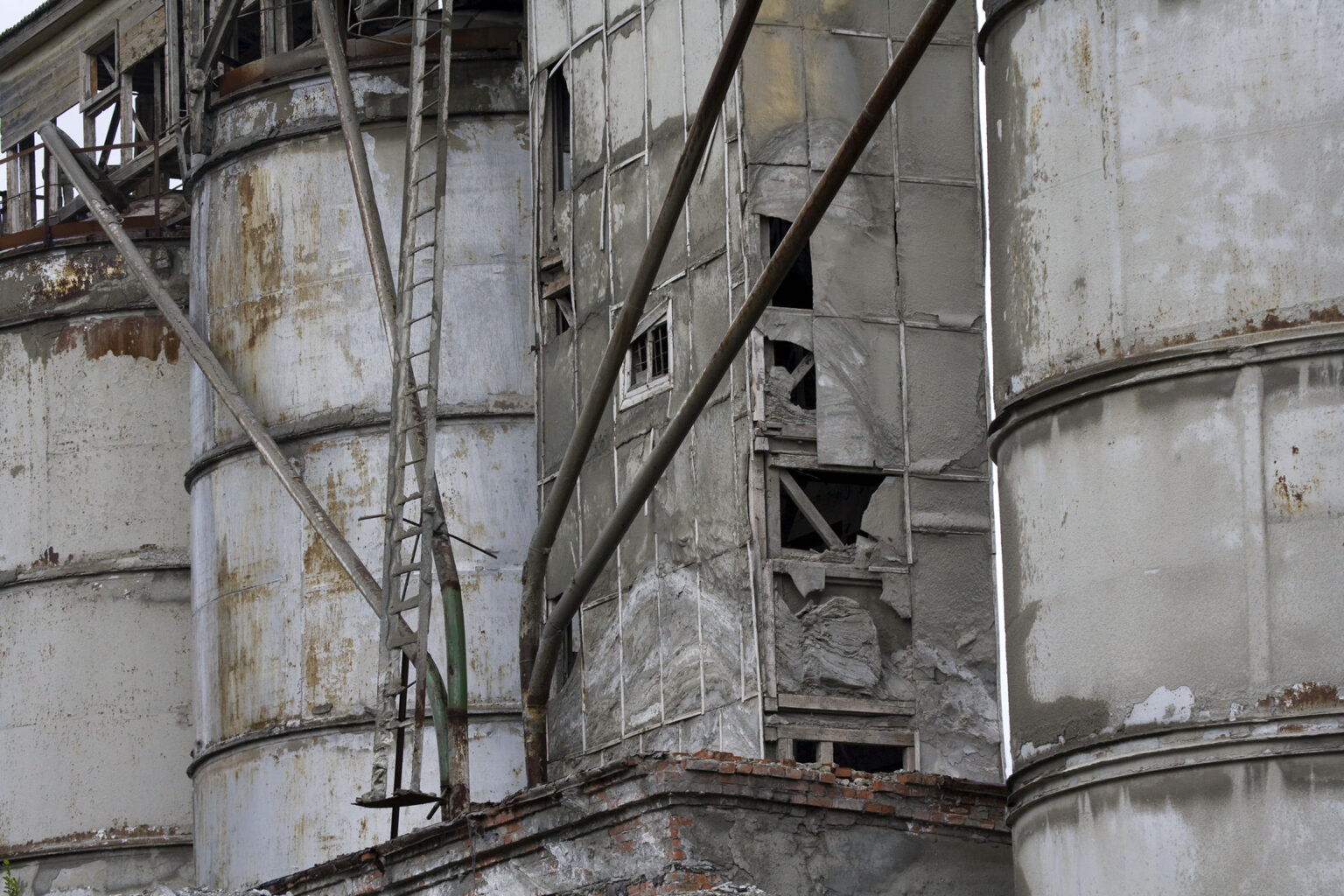



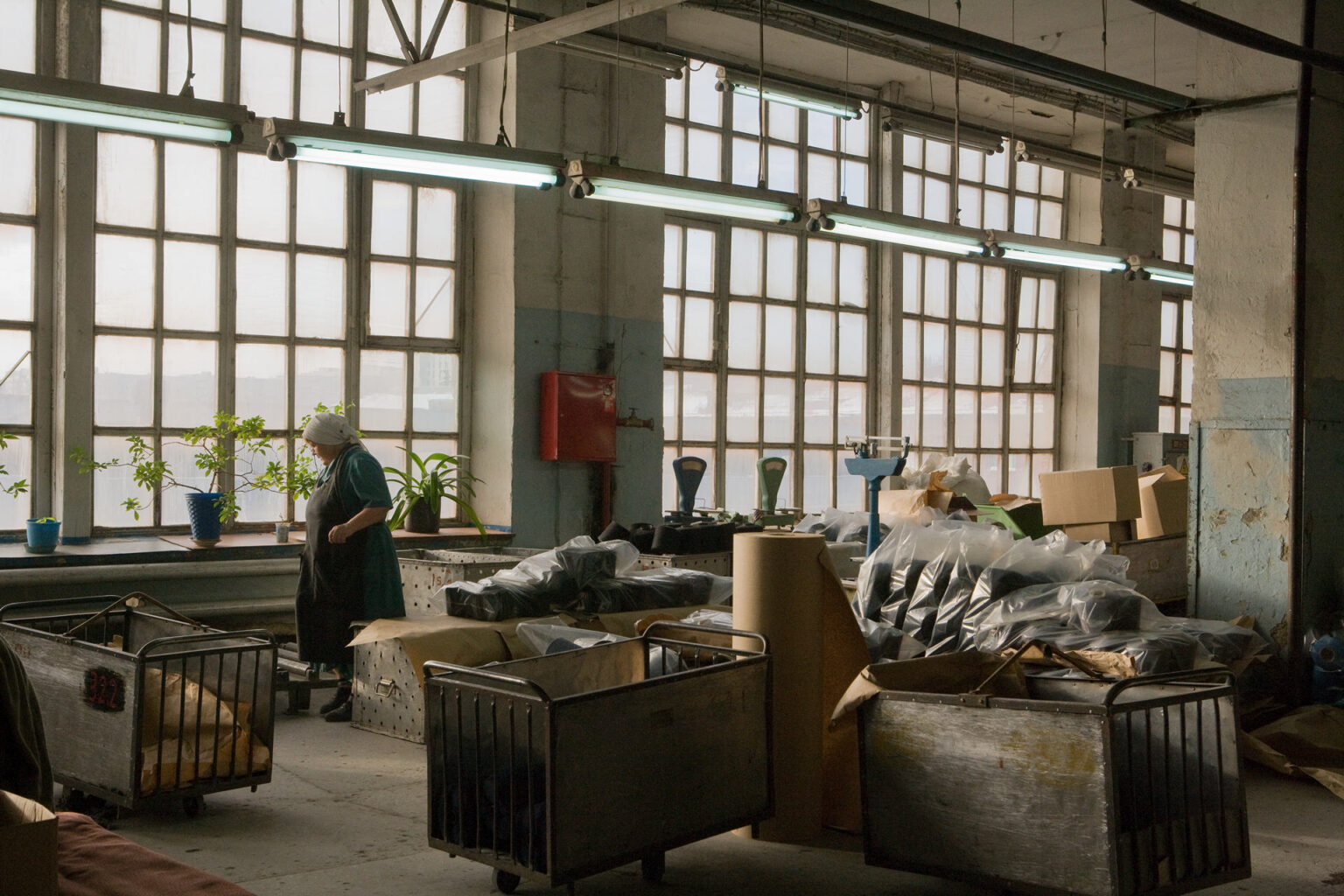


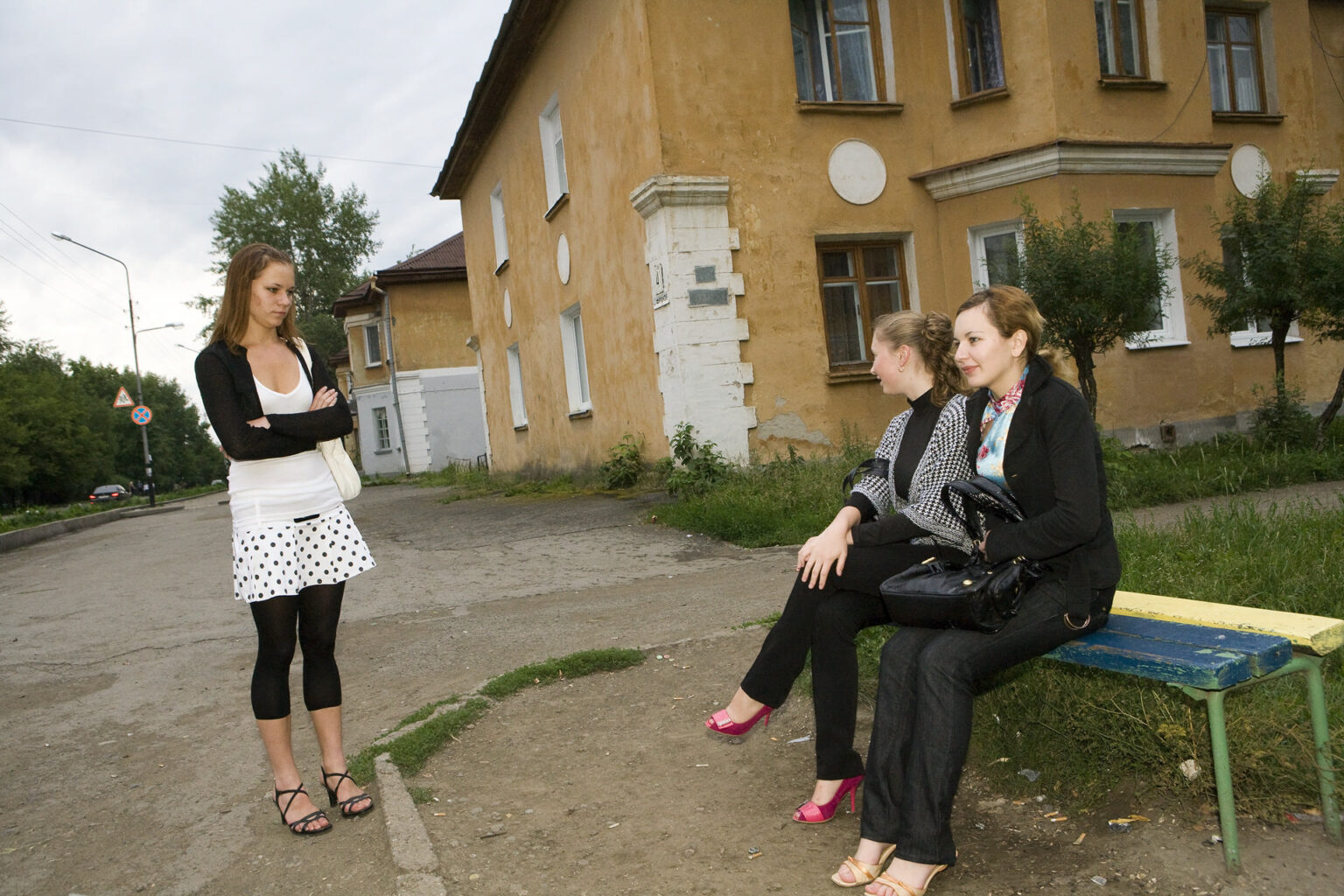






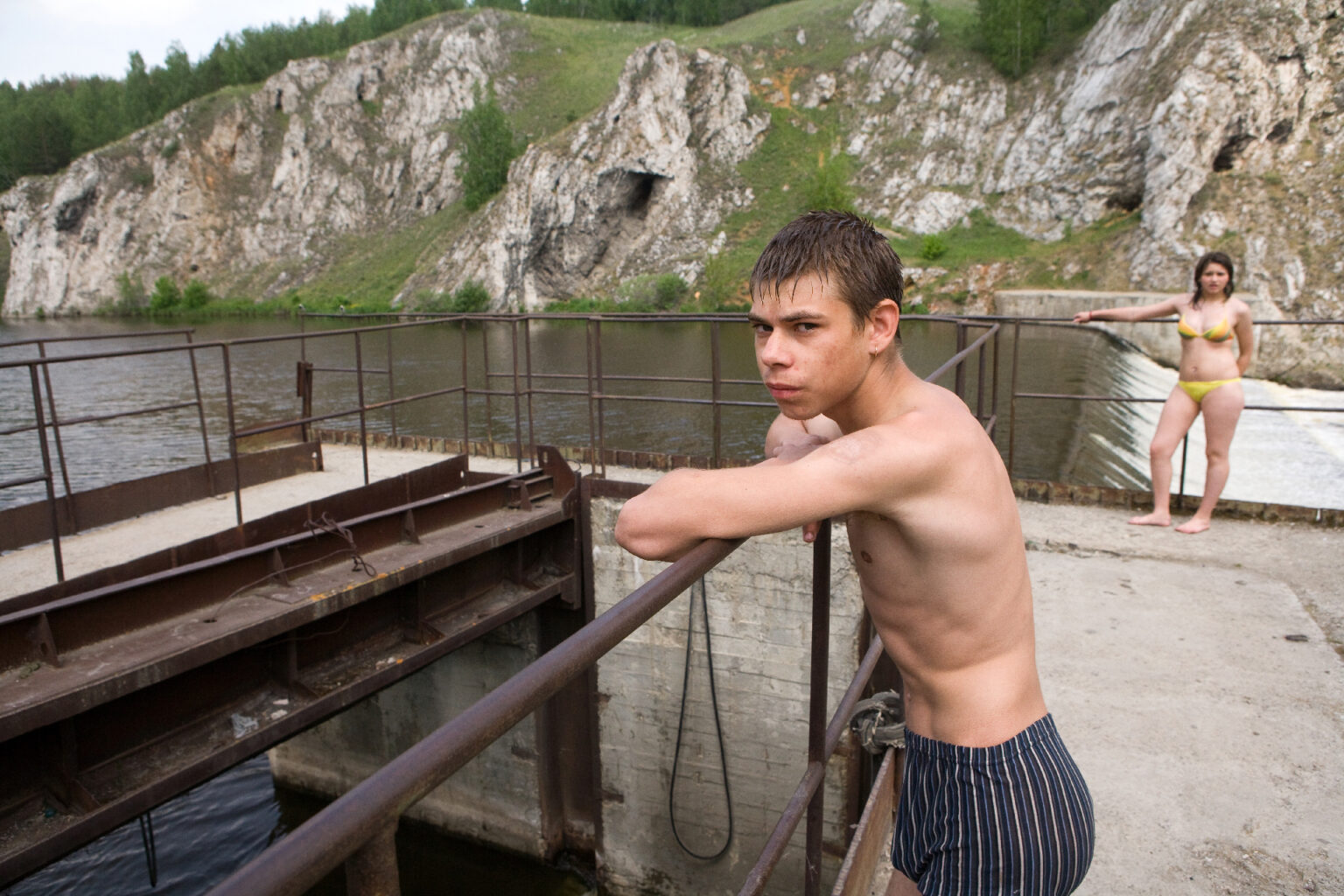


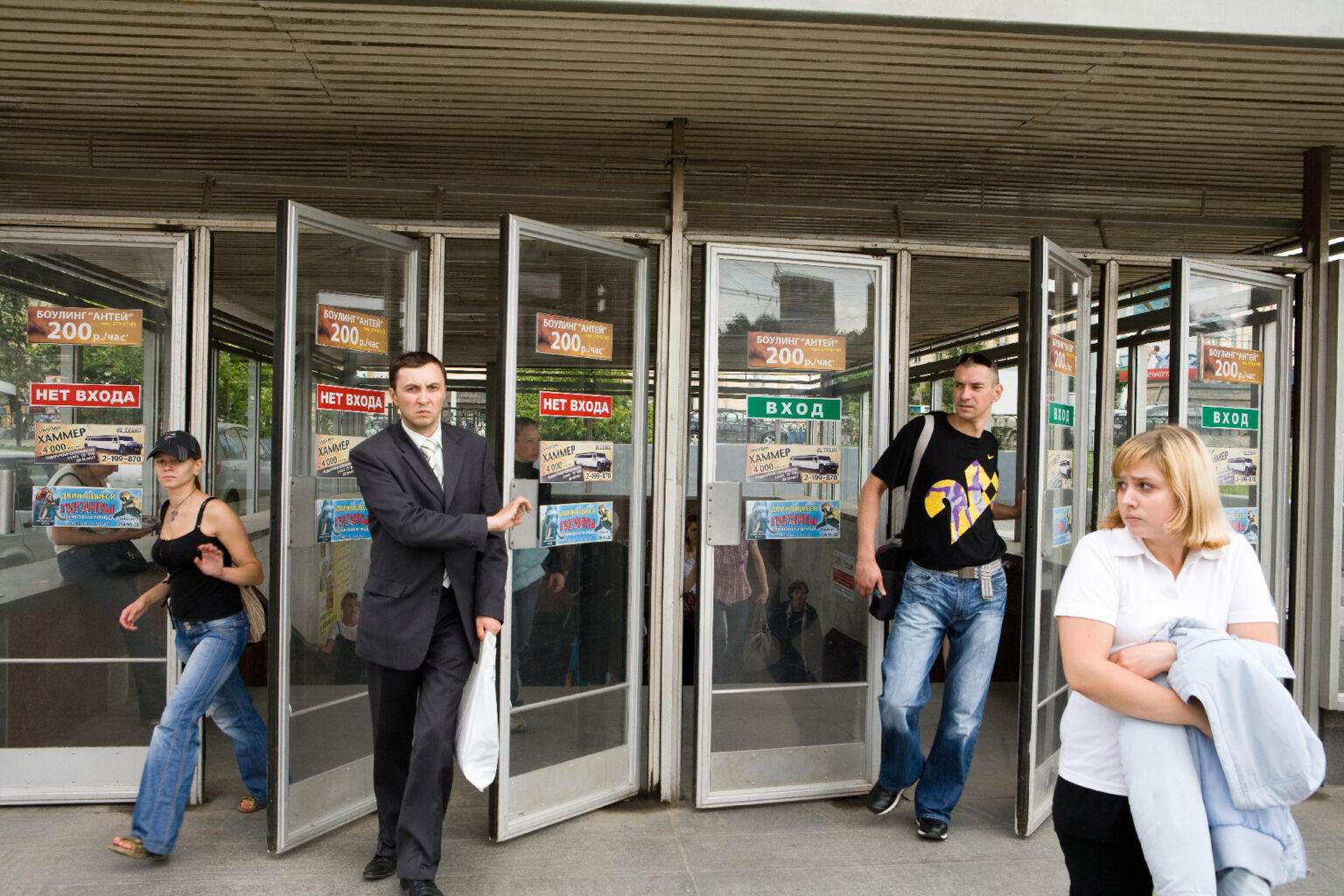
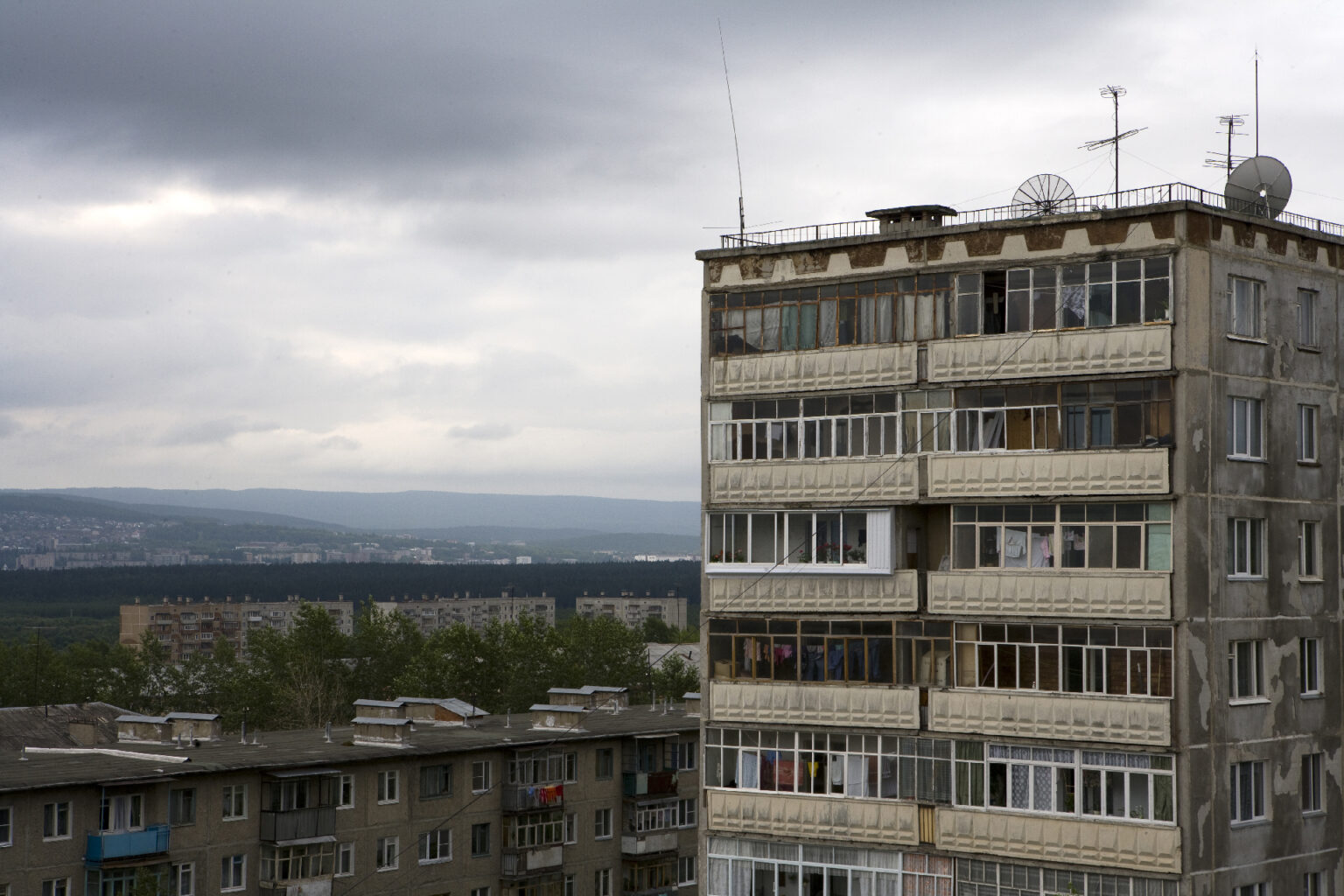

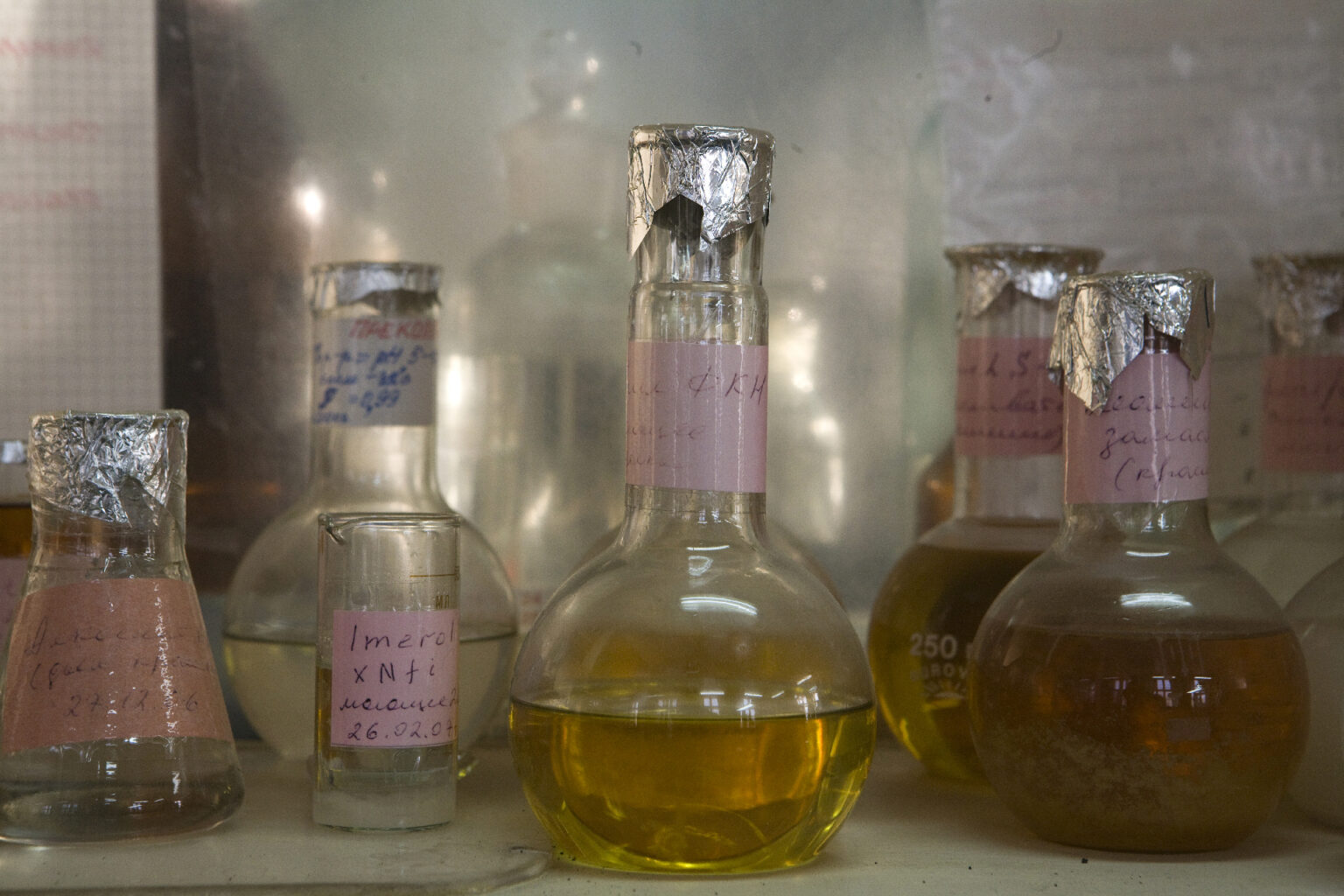





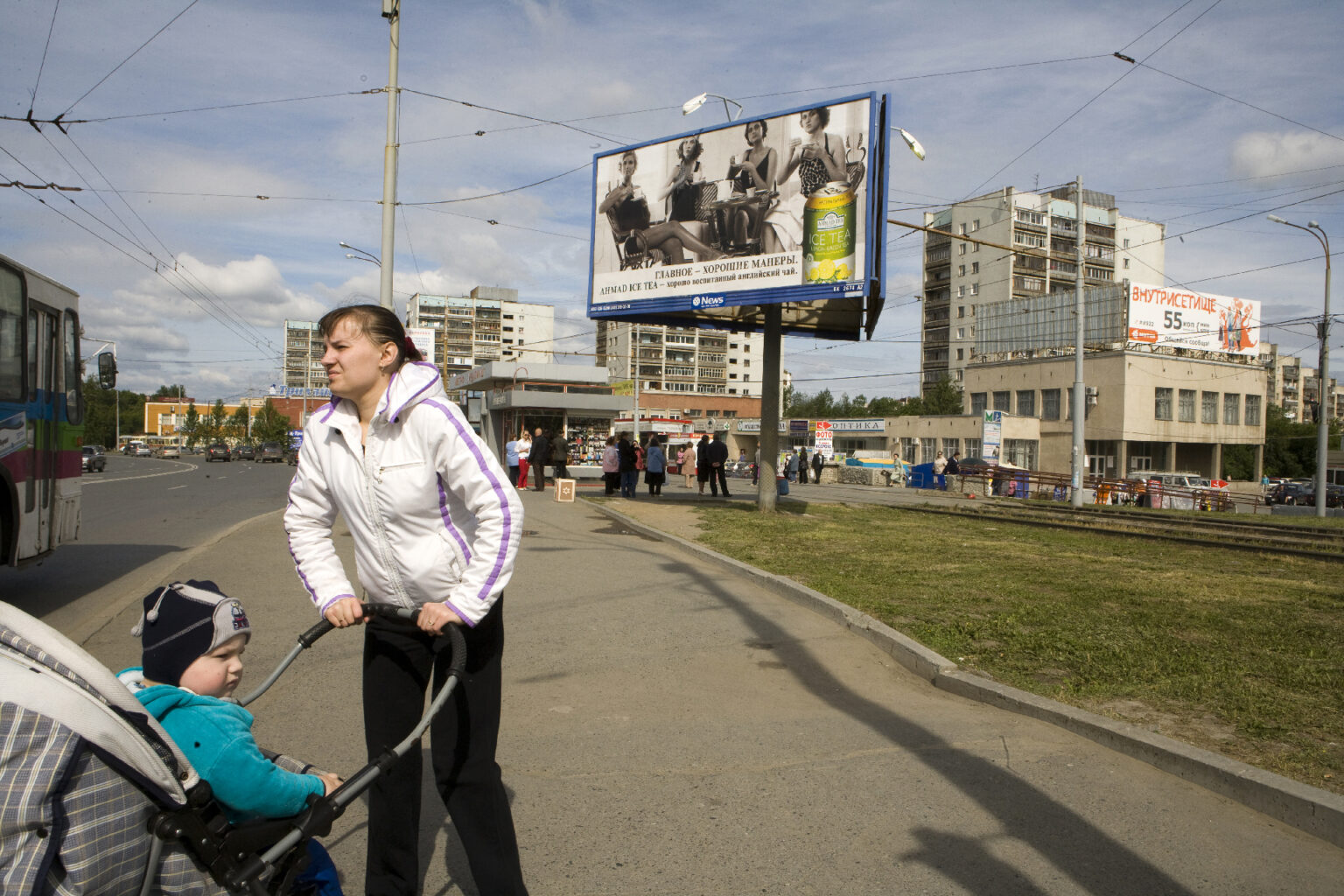



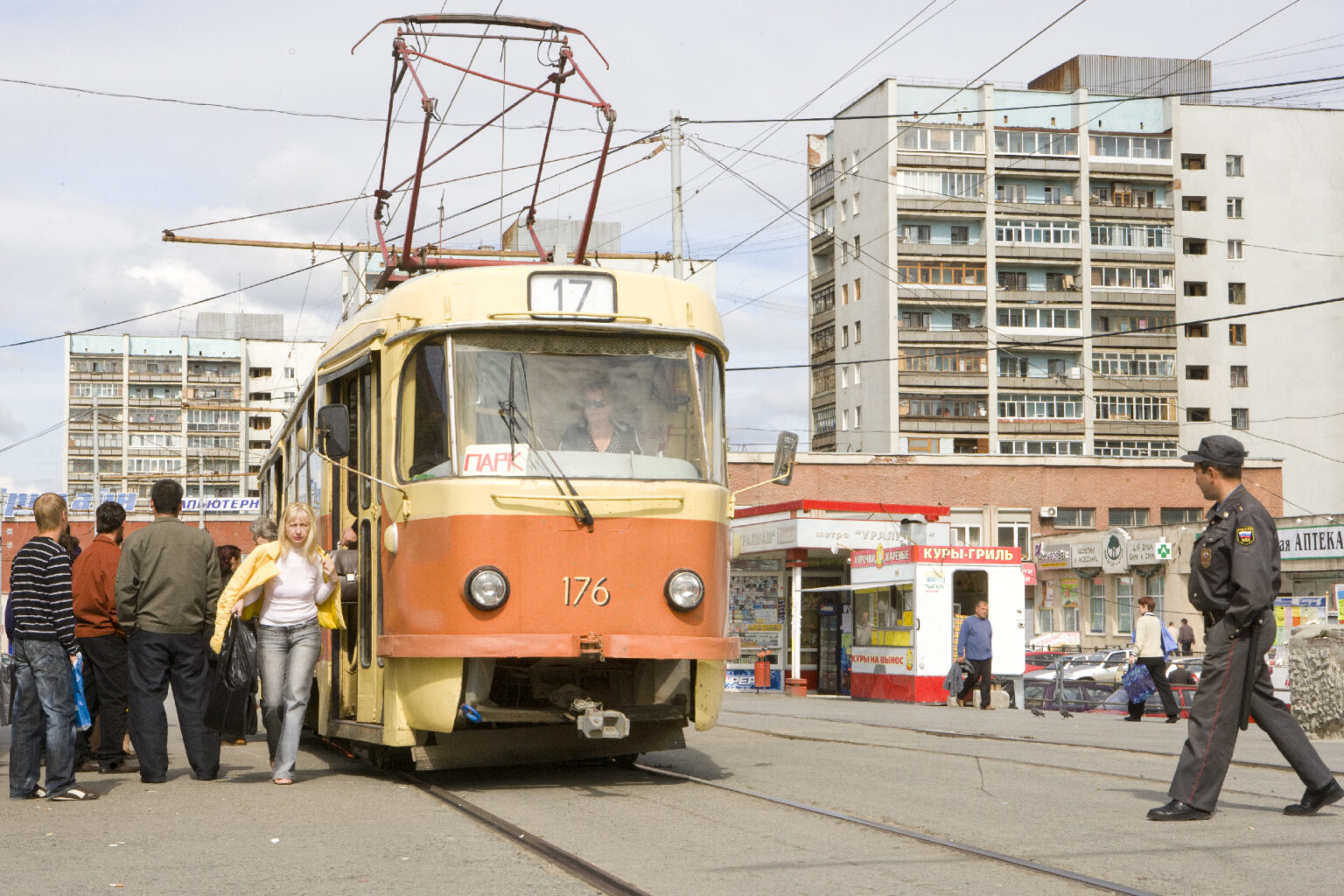


Share this...